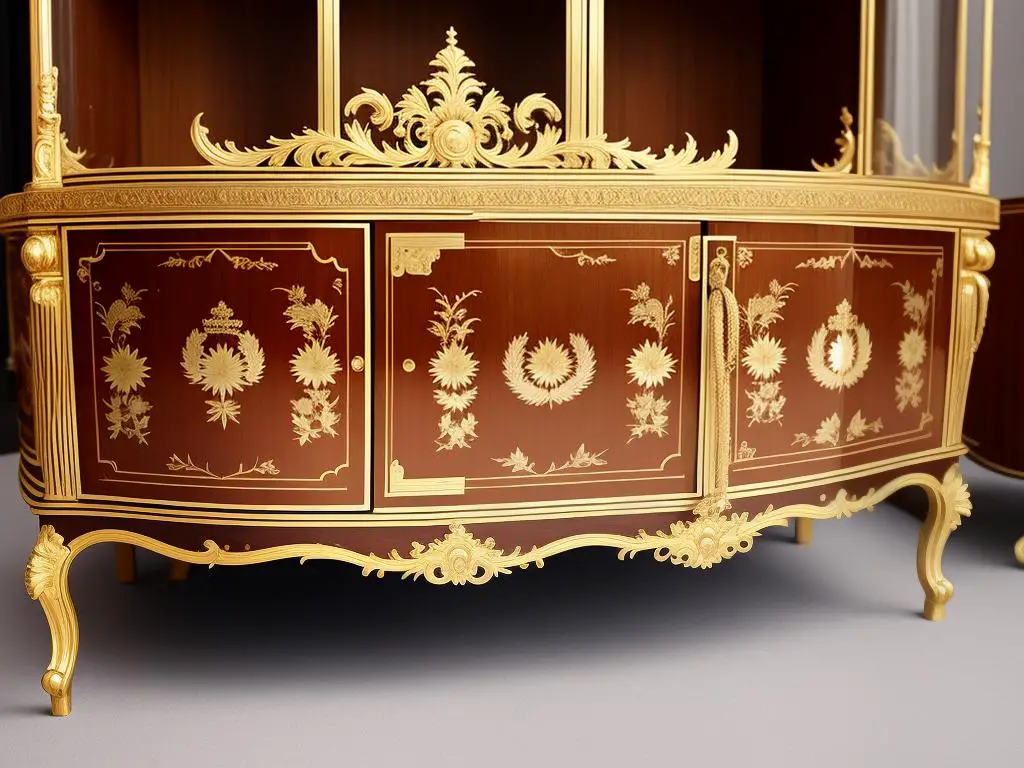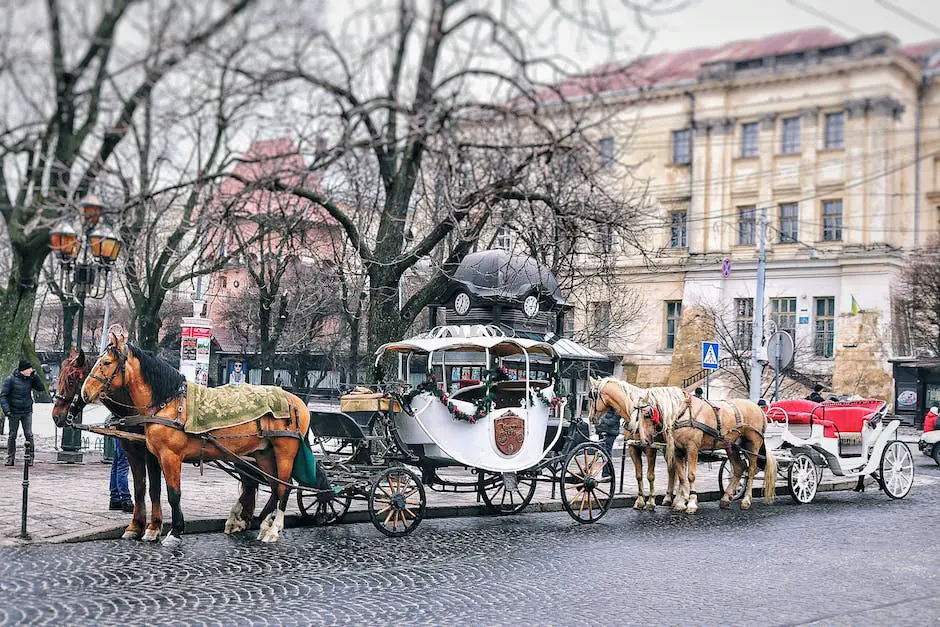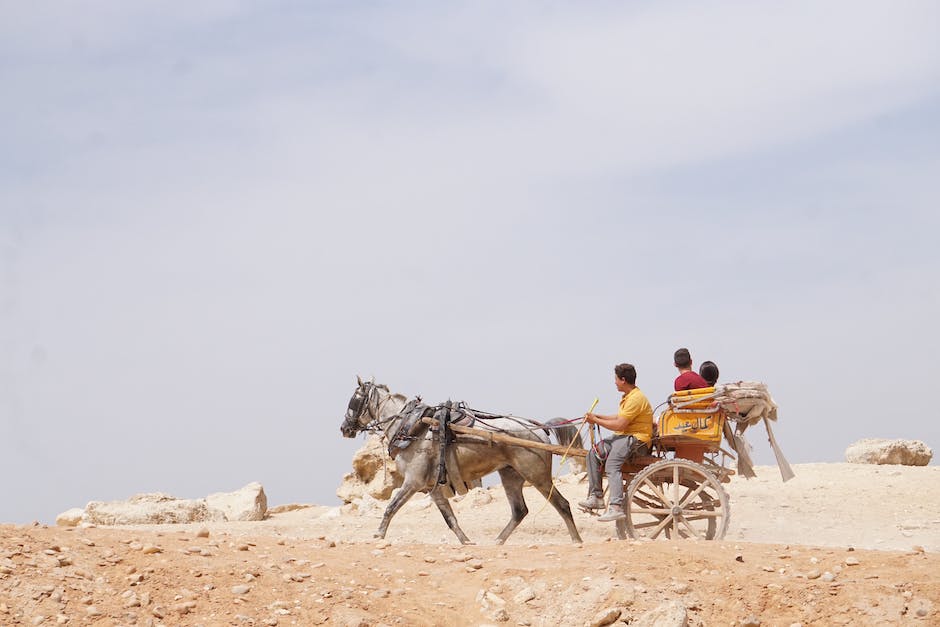The intricate art and timeless elegance of French carriage driving offers a fascinating view into a practice steeply rooted in history, culture, and tradition. From its origins as a simple means of transportation to its transformation into a status symbol and its relevance in contemporary society, French carriage driving paints a vivid picture of the country’s rich heritage and love for horses. In this exploration, we delve into the captivating history of French carriage driving, the techniques and equipment used, the role it plays in French society today, along with the associated customs and etiquette.
Table of Contents (Horspedia)
History of French Carriage Driving
Early Origins of Carriage Driving in France
The origin of French carriage driving can be traced back to medieval times, where horse-drawn vehicles were predominantly used for transportation purposes. Carriages helped to ease travel across France’s diverse landscapes, particularly within cities and between neighbouring villages. The design and style of these early carriages were straightforward, focusing primarily on functionality and durability.
The Renaissance: Carriages as Status Symbols
In the Renaissance period, carriage driving underwent a significant shift. Nothing was merely functional anymore; carriages were transformed into lavish, splendidly adorned status symbols. This transition aligned with the era’s overall focus on grandeur and extravagance. Well-crafted carriages with complex designs became a representation of wealth, power, and social standing.
The 17th and 18th Centuries: The Golden Age of Carriage Driving
The 17th and 18th centuries marked a golden period in the history of French carriage driving. The industry evolved into an art form, and the carriage became more than just a means of transport; it was an extension of personal identity and fashion. The designs reflected the meticulous craftsmanship of the builders – design elements included gilded carvings, luxurious paints, rich upholstering, and opulent fittings.
During this time, the French Court, particularly under the reign of Louis XIV, had a considerable influence on the development and evolution of carriage design and manufacture. Known for his opulent tastes, Louis XIV commissioned extravagant and bespoke carriages, which contributed to the development of specialized carriage makers in France.
Industrialization and the Birth of Mass-Produced Carriages
The onset of the industrial revolution in the 19th century brought noticeable changes in the manufacturing of carriages. Technological enhancements allowed for the mass production of carriages, making them increasingly available to the middle classes. This broadened scope introduced a variety of carriage styles – ranging from simple, practical designs to more luxurious models, reflecting an individual’s social status and personal taste.
Carriage Driving in the Modern Era
In the modern era, carriage driving in France has evolved from a necessity to a hobby, a sport, or even an art form. Carriage driving competitions have gained popularity, including events like Cones, Marathon, and Dressage. These events test the skill, stamina, and relationship of the driver and their horses.
Furthermore, carriages have experienced a resurgence in various forms of tourism – a nod to the country’s rich history. Historical cities, like Paris and Versailles, often offer carriage rides to tourists, imbuing the journey with a sense of nostalgia and historical reverence.
French carriage driving harbors a spectacularly robust and lively history. Originating as a means of transport, these carriages have since evolved into social status symbols, thus reflecting the changing societal class structure and trends within the context of French history. Importantly, these societal fluxes have in turn shaped and determined the trajectory of carriage driving thereafter.

Techniques and Equipment
The Artistry of French Carriage Driving: Techniques and Equipment
The tradition of French carriage driving commands dedication, precision, a myriad of equipment, and a profound appreciation for its long-standing history. Renowned for its meticulous techniques and range of equipment, French carriage driving represents an artistic endeavor that requires unwavering commitment to truly master.
The Basic Techniques of French Carriage Driving
Fundamental techniques of French carriage driving revolve around steering, stopping, and maintaining a steady speed. A carriage driver must learn to maintain clear communication with the horse or horses, mainly through hand movements using the reins. These movements are called “aids” in equestrian terms. Broadly, pulling the reins directs the horse to slow down or stop, while relaxing the reins signals the horse to move freely. To turn the carriage, the driver uses the reins to guide the horse in the desired direction.
Another essential technique involves the driver’s seating position. A proper driver’s position enhances stability and control. The driver should maintain an upright posture with their feet firmly placed on the footrest, providing balance and enabling the effective use of reins.
Unique Features of French Carriage Driving
What sets French carriage driving apart from its counterparts globally is the intricate methodologies implemented—considering the horse’s comfort, health, and demeanor is paramount. The French approach emphasizes the horse’s welfare and encourages a strong relationship between the horse and the driver. This bond is often cultivated through regular grooming, feeding, and general care beyond the driving sessions.
In competition, French carriage driving incorporates style into the techniques. The driver’s attire, carriage decorations, and the horse’s grooming are all part of the judged criteria. These additional elements add another layer of complexity and elegance to French carriage driving.
Equipment Used in French Carriage Driving
The most fundamental equipment in carriage driving includes carriages and harnesses. Various types of carriages are prevalent in France, serving different purposes. The ‘wagonnette,’ which can accommodate multiple passengers, is suitable for leisurely drives in the French countryside. In contrast, the sportier ‘spider phaeton’ is regularly seen in competitive French carriage driving due to its lightweight and agile design.
Harnesses, crucial for connecting the horse to the carriage, come in diverse styles. The French harness, called ‘harnais à la Française,’ distinguishes itself with its simple, elegant design. It consists of a breast collar and a breeching. The breast collar pulls the carriage, while the breeching allows the horse to slow or stop the carriage, essential for downhill drives.
Mastering the Art of French Carriage Driving
Diving into the world of French carriage driving requires not just technical finesse but also a profound understanding and connection with the horses one works with. Initial training usually includes learning the essential equipment handling and delving into the behavioral study of horses. As one advances in the training, the focus shifts towards honing the driving techniques while simultaneously fostering a deep bond with the horses.
Achieving proficiency in French carriage driving goes beyond simply mastering the skills and getting to grips with the equipment. A highly-regarded driver is someone who maintains the rich tradition, pays the utmost regard to the welfare of the horses, and displays a great sense of aesthetics during competitions, making it quintessentially French. Thus, French carriage driving is not merely about directing the horses, but it encapsulates the very essence of French elegance, allure, and time-honored traditions.

Modern French Carriage Driving
The Contemporary Landscape of French Carriage Driving
French carriage driving serves as an indispensable cultural heritage and a significant contributor to the nation’s tourism sector. France boasts a myriad of historic and scenic routes particularly suited for carriage driving. Owing to its abundant equestrian heritage, France exhibits a considerable interest in equine activities including horseback riding, polo, and significantly, carriage driving. The allure of carriage driving transcends locals, with tourists also often opting for carriage rides when touring iconic locations like the Château de Versailles, the charming Parisian streets, and the picturesque vineyards in the Bordeaux region.
Carriage Driving in Competitive Sporting Events
Not just a luxurious touristic activity, carriage driving is also a recognized equestrian sport, very much alive in France. French drivers frequently participate in international carriage driving events and have a strong presence in events like Combined Driving, a three-phase equestrian sport that includes a driven dressage, marathon, and obstacle cones.
One of the country’s notable figures in this sport is Thibault Coudry, a French driver who has represented France in numerous international competitions. Coudry’s accomplishments include winning the FEI World Cup Driving Finals and securing France a podium finish in the World Equestrian Games.
Cultural Preservation
Over the centuries, French carriage driving has evolved considerably but has managed to retain its cultural significance. This can be seen in the maintenance of vintage carriages and how they lend an antique touch to modern French society. These historic vehicle pieces are carefully restored and preserved, both as symbols of France’s distinguished history and its commitment to preserving cultural heritage.
The Wedding Trend: Vintage Carriages
An increasing number of modern weddings and high-profile events in France involve the use of vintage carriages, primarily due to their stylistic charm. Carriages provide an aura of elegance and timeless romance, making them a sought-out addition to any memorable occasion.
Companies specializing in event styling and organization have capitalized on this trend, offering carriage hire services, complete with a team of highly trained horses and expert drivers, to ensure a seamless and majestic entrance and exit for events.
Technological Advancements in French Carriage Driving
The impact of technological advancements on French carriage driving is both beneficial and challenging. On the one hand, modernization has resulted in better care of horses through advances in veterinary technology, more efficient maintenance of carriages, and improved safety measures. GPS technology, for example, allows for real-time tracking and better navigation during carriage tours.
On the contrary, rapid modernization and the rise of automation pose threats to the traditional art of carriage driving. With urbanization and the increasing prevalence of cars and modern transport systems, horses and carriages face the risk of being marginalized.
Embracing the Vintage: French Carriage Driving
In the face of a myriad of challenges, French carriage-driving, much like the French spirit, emerges resilient; remaining a profound testament of France’s horse-powered heritage. Held in high regard, this tradition underlines a core part of France’s extensive cultural tapestry, cherished passionately and with great dedication.

French Carriage Driving Customs and Etiquette
Pedigree of Tradition: French Carriage Driving
The French equine tradition of carriage driving, also referred to as ‘attelage’, proudly dates back to the extravagant era of the 17th century. Initially serving as noble transport, it evolved into a revered sport amongst elites in the 19th century. The practice now represents an aspect of French cultural expression, showcased through various events and celebrated festivals nationwide. With its distinct customs and courtesies, the sport continues to attract eager audiences and participants, as captivating as ever.Elegance in Attire
One of the traditional practices of French carriage driving relates to the attire of the drivers. Participants, often referred to as ‘whips,’ are expected to wear traditional clothing during their ride. For men, this consists of a black or dark grey suit, a top hat, and gloves. Women, on the other hand, adorn a tailored jacket paired with a long skirt, a stylish hat, and gloves. The attire symbolizes the nod to tradition and provides an element of formal elegance to the activity.At prestigious competitions, grooms – the assistants who manage the horses – can also be seen in traditional livery, a uniform-like outfit that usually includes a waistcoat, a necktie, breeches, and leather boots.
Rules of French Carriage Driving Competitions
French carriage driving includes various types of competitions, with the most popular being marathon driving and obstacle cone driving. Each event has its own set rules and regulations that participants are expected to follow.In marathon driving, the goal is to complete a long-distance course with multiple phases, including a speed phase and an obstacle phase. Here, the carriage driver’s skills and the horse’s stamina are put to the test. Speed is essential, but so is accuracy, as touching or knocking over the precisely placed obstacles result in penalties.
Obstacle cone driving tests precision and control. In this event, drivers navigate through tight, cone-lined courses without displacing the balls placed on top. It is one of the most challenging and intense parts of the competition.
In all events, the welfare of the horse is paramount. Rules are in place to ensure horses are treated with care and respect, and that any form of cruelty or abuse is not tolerated.
French Carriage Driving Customs: More Than Just Sport
Beyond the competitive arena, French carriage driving is a custom that harks back to a bygone era adding charm and nostalgia. Intricately-decorated carriages driven on specific routes or during special festivals imply a certain ritual, evoking a sense of tradition and historic significance to the practice. It’s not just about speed and precision, but grace, elegance, and reverence for a time-honoured custom.Whether it’s a question of taking a leisurely drive through the French countryside in a traditional carriage or competing in a high-level event, the customs and etiquette remain deeply rooted. French carriage driving is an art, a sport, and most importantly, a quintessential part of the French heritage.

As we’ve journeyed through the world of French carriage driving, it’s evident that it is much more than just a form of transportation; it’s a potent symbol of French culture, tradition, and art. This practice, steeped in customs and manners, continues to impact modern France, enriching tourism, sporting events, and special occasions with its unique charm. Despite the immense technological advancements, society’s pivot towards vintage experiences has ensured the survival, and even revival of French carriage driving, keeping alive a beautiful fragment of history. In totality, the story of French carriage driving is a tale that mirrors the evolution of France itself – regal, enduring, and ever captivating.
